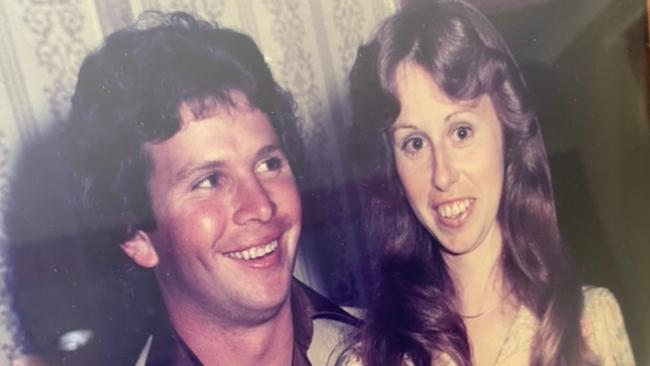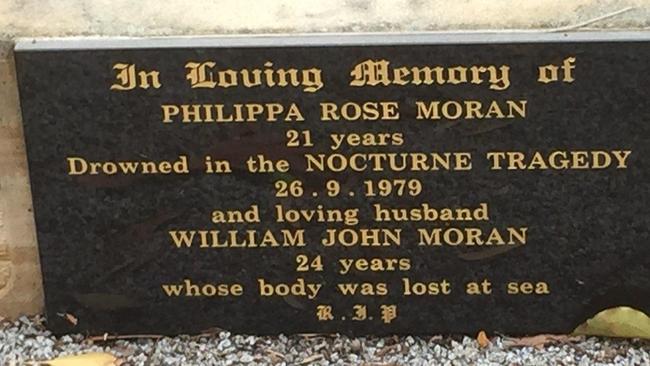Familial DNA data collection reunites loved ones across NSW
A new police program uses familial DNA to reunite people with their long-lost loved ones. See how it solved a mystery case.
Coffs Harbour
Don't miss out on the headlines from Coffs Harbour. Followed categories will be added to My News.
Missing, lost or separated family members may have a way of reconnecting with loved ones after NSW police announced a plan to continue the familial DNA collection program.
The program collects DNA data to match it with long lost family members.
For almost a decade, the unidentified jawbone was one of many unidentified remains cases on the missing persons registry, as databases were unable to find a match.
In August 2020, following a familial DNA search, NSW Health Pathology notified police of a possible link to a biological relative.
Familial DNA searching uses advanced technology to match relatives who have provided their DNA to an existing database.

An investigation by the marine command and missing persons registry confirmed the inmate was the nephew of Bill.
The return of Bill’s jawbone to Moran family brought closure after countless years of wondering.
In 2021, over a hundred biological relatives of missing people visited collection centres including one at Coffs Harbour, to provide DNA samples which were compared with profiles of unidentified bodies and human remains on hand in NSW.
Missing persons registry commander Glen Browne said the more samples available for comparison, the higher the chance of matching a family together.
“The success of the program relies on collecting as many familial DNA samples as possible so they can be matched against DNA profiles obtained from unidentified bodies and human remains, ”Mr Browne said.

The program was impacted last year due to Covid, but will resume at the end of June.
“We use the opportunity to interview family members and capture other data and information required for upload to the database,” Mr Browne said.
Police are hoping this technology will provide answers for others like the Moran’s, reunited long lost loves or providing answers.
“My team is determined to see this technology used to provide answers to loved ones of long-term missing persons,” he said.
Familial DNA samples are taken orally and are only compared against missing persons databases in Australia.
Deputy Premier and Minister for Police Paul Toole said the program was a “simple and quick” method that will assist police in providing resolutions for unsolved cases.
“It can result in a lifetime of closure for someone who has lost a loved one and spent years asking why,” Mr Toole said.
Family members with missing persons are encouraged to provide a sample of their DNA to police so they may too find the answers.




